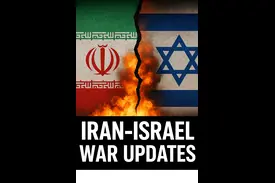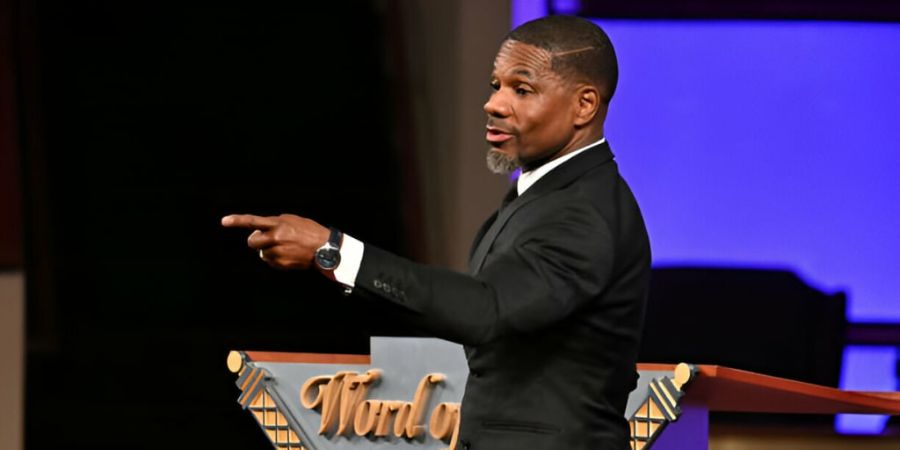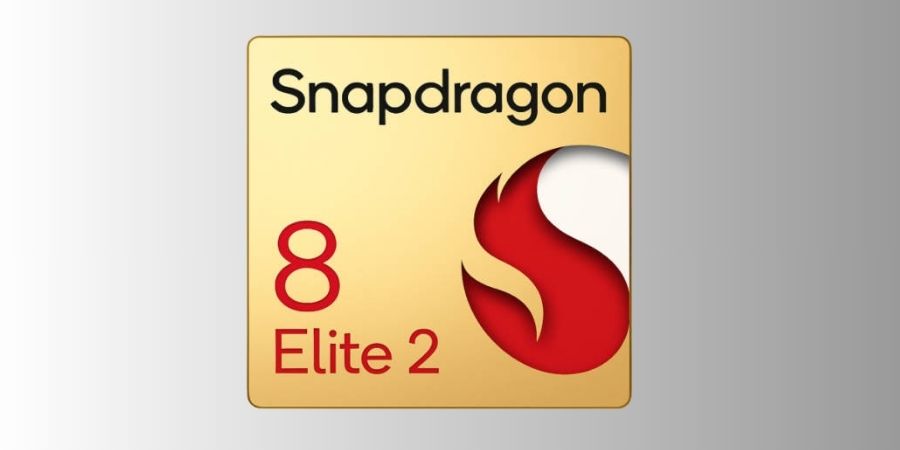
The simmering tension between Iran and Israel has erupted into a full-scale conflict, shaking the Middle East conflict landscape and drawing global concern. Here’s a down-to-earth look at what’s unfolding, why it matters, and how it could affect the world.
Latest Escalations & Attacks
- Iran and Israel War Updates: Over the past few days, Iran has launched multiple waves of ballistic missiles and drones at major Israeli cities like Tel Aviv and Haifa. Israel responded with air strikes targeting Iranian missile bases and nuclear facilities inside Iran.
- Civilian toll: In Iran, official sources report at least 224 deaths and over 1,200 injuries, many of them civilians. In Israel, at least 14 people have been killed with dozens more wounded, and critical infrastructure such as a power plant in Haifa was hit.
- Technology and defences: Iran says it used advanced missiles that temporarily disrupted Israeli defense systems—and Israel intercepted over 100 drones and missiles using its Iron Dome and Patriot systems.
💣 Broader Regional Tensions
Beyond Iran and Israel, other players are stirring:
- Hezbollah and Palestinian proxies, though aligned with Iran, haven’t launched large-scale attacks—yet .
- The Houthis in Yemen have joined by firing missiles at Israel in coordination—part of the spillover impact from the ongoing Gaza war.
- U.S. military presence in the region is under threat. Washington has evacuated some forces in Iraq and is signaling readiness to intervene if U.S. assets are attacked.
🕊️ Ceasefire Prospects & Diplomacy
- Diplomatic pressure is building at forums like the G7 summit in Canada. Leaders including the U.S., Germany, and the EU are pushing for a ceasefire and de-escalation.
- Iran has stated it’s unwilling to stop strikes unless Israel halts its attacks.
- Former U.S. President Trump hinted that talks could resume after hostilities calm down .
🔍 Key Drivers Behind the Conflict
- Israel’s Preemptive Strikes: Israel’s air strikes on June 12–13 targeted Iranian nuclear and ballistic missile facilities and killed commanders, including Iran’s intelligence chief.
- Iran’s Retaliation: Iran fired more than 150 missiles and 100 drones in response—labeling it “Operation True Promise 3”.
- Proxy Involvement: Iran’s regional allies have participated with missile and drone launches, aiming to challenge Israel and possibly expand the conflict zone.
- Global Energy Shock: Israeli strikes have damaged Iranian oil and gas infrastructure, sending crude prices higher and rippling through global markets.
🌍 International Response & Stakes
- U.S. Position: Officially, the U.S. denies direct combat involvement, though it confirmed aiding Israel in missile defense. Trump has warned of serious consequences if U.S. interests are threatened.
- Global Leaders: German Chancellor Merz, EU officials, and G7 participants are demanding restraint, fearing nuclear escalation and wider regional collapse.
- Humanitarian Warnings: Countries like Australia have closed embassies, issued travel bans, and begun evacuations for citizens in Israel and Iran.
🕳️ Why It Matters
- This isn’t just a Middle East conflict—it’s an ignition point for a broader regional war.
- If Iran goes nuclear or if U.S. and Iranian forces clash, the consequences would be catastrophic.
- The Gaza war serves as a backdrop, with the Hamas-Israel tensions fueling the Iran-Israel clash.
- Oil supply routes, especially in the Gulf, face rising risk—impacting global energy and food prices.
🧩 What to Watch
Here’s what’s likely to shape the next phase:
| Key Factor | Why It Matters |
| Ceasefire or Talks | Diplomatic pauses could ease tensions before things spiral further. |
| Proxy Reactions | Watch Lebanon, Iraq, Yemen—or Gaza. |
| U.S. Red Lines | An attack on American forces could lead to direct U.S. intervention. |
| Iran’s Nuclear Moves | Accelerated nuclear steps would worsen global anxiety. |
| Oil Price Shocks | Supply shocks will hit economies worldwide. |
🤝 A Human Take
Amid headlines and hard stats, it’s human beings who are most affected. Civilians in Tehran, Tel Aviv, Gaza, and Beirut are fleeing shelters, coping with bombs, and wondering what comes next. Families are grieving, communities are torn, and hopes for peace feel distant.
Yet in the midst of this, simple acts of kindness—neighbors helping neighbors, frantic messages across borders—highlight one thing: people still want peace.
What You Can Do
- Stay Informed – Choose reliable news sources covering humanitarian angles, not just strategic moves.
- Support Aid – Donate to organizations aiding civilians in the region.
- Amplify Voices – Share stories that humanize the conflict.
- Advocate Diplomacy – Encourage leaders to prioritize dialogue over escalation.
In Summary
This flare-up in the Iran and Israel war updates reflects deep historical rivalries and a volatile regional tapestry. What happens next could change the Middle East—and the world—for years to come. The hope rests on diplomacy, restraint, and humanity. The coming days will show if cooler heads prevail—or if this conflict spirals into something more destructive.












